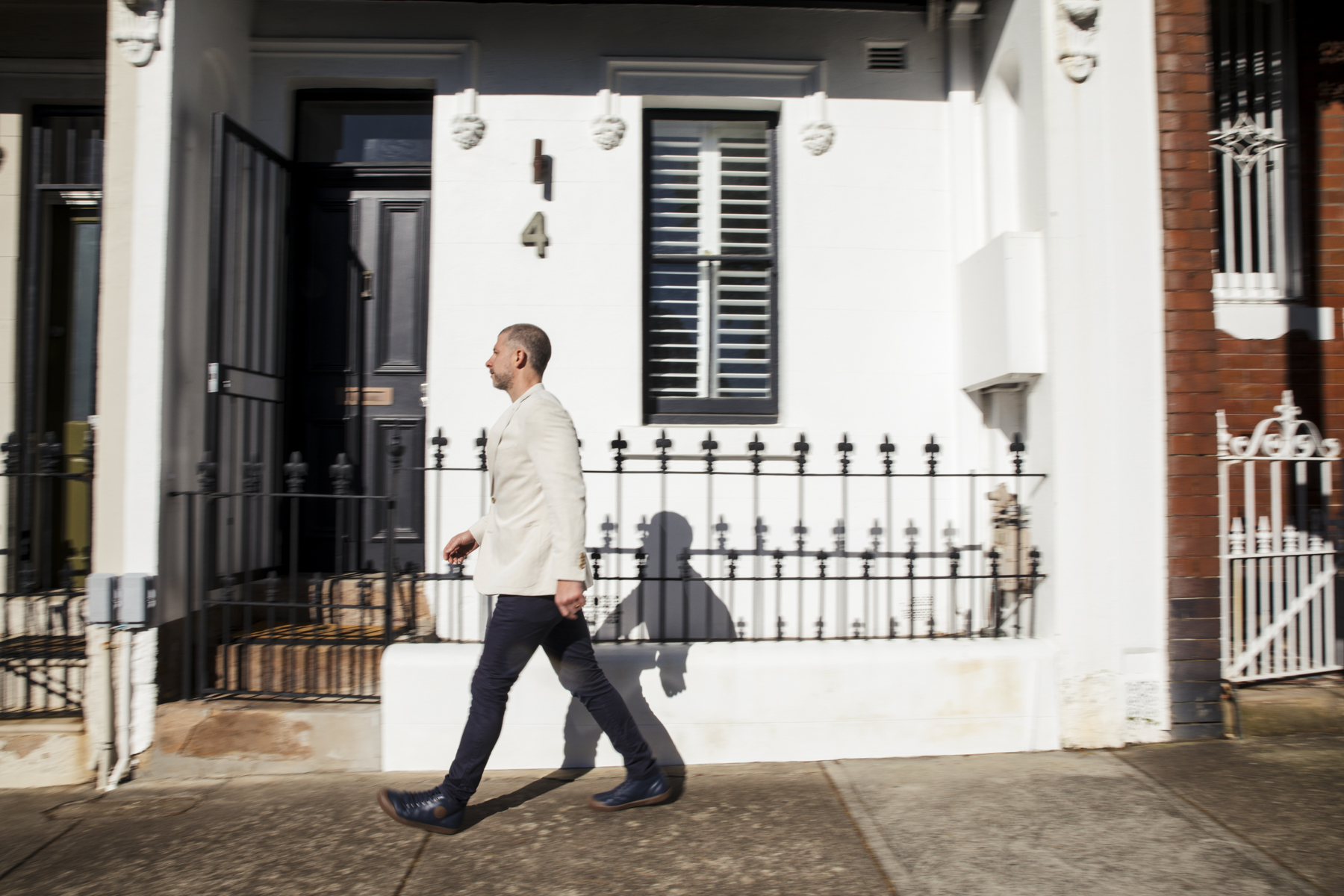The best way to choose and investment property
To make an informed investment choice there is a fair degree of research that should first be undertaken when selecting and inspecting investment properties.
A good approach is to start broad, then drill down to details as you tick your boxes.
The location itself is critical, first thinking in macro (city/suburb) terms, and then drilling down to street level.
Where is the nearest major work centre and how stable are the industries and sources of work in that centre? What’s the population? Is it expanding or contracting? Is it comprised of elderly non working residents or a young upcoming work force?
Strong employment is the number one driver of capital growth, followed by lifestyle amenity. What is the historical price growth over the last 3 years, and the forecast for the next five years?
What are rental vacancy rates and stock turn rates?
What are the amenities that are driving liveability such schools, shopping centres and transport infrastructure?
After you drill down to a desirable suburb, choosing streets and even sections of streets is important, best done by spending time walking the suburb.
Do stay away from main roads, corners, roundabouts, where traffic disturbance could lead to unhappy tenants and high turnover. Being close to but not directly near bus and train stations is important. As is being close to but not directly next to a park, or a public walkway.
Stay well clear of large overhead powerlines, radio antennae, mobile phone booster arrays, power transformer boxes and telecommunication exchanges.
Consider walking distance to local convenience stores, cafes, fruit and veg shops and the like which offer positive amenity. A post office is especially well regarded. All the things that you would value close to your home will also be well regarded by your future tenant.
Consider the current and future zoning in your chosen area/street. Potential rezoning from low to medium density may offer development opportunity and increase the value of an investment with a land component. Conversely rezoning from medium to high density may reduce the value of an apartment. If you are looking at investing in a property with land take note of the land itself. Is it an ‘awkward’ block, steeply sloping? Or is it rectangular and flat with dual street access? These factors may significantly affect resale potential in the future.
Now you are ready to consider the property itself.
Ensure the type of property you’re considering is right for the area and demographic. A one bedroom studio apartment may be challenging to rent in a suburb mostly populated by young and growing families.
Next, check what comparable properties of a similar size and configuration are renting for, to understand what your purchase may rent for.
Agent appraisals cant always be trusted, do your own research.
Consider the uplift in value that will come about from any improvements you may make, as well as the degree of competition and vacancy rate in the area. Be realistic about the increase in rent renovating your investment will yield. If there are a dozen other options of similar quality at even a few dollars a week cheaper you can rest assured your property will remain vacant.
What is the aspect? Are living areas to the North and East allowing for maximum light?
How old is the build and how has it been maintained? Buildings have a life span, which greatly depends on the quality and era of the build, the location of the property, and how well it has been maintained.
Federation and victorian homes with sandstone components and lots of period features will require maintenance. Art deco style apartments in small blocks built at the turn of the century are generally extremely resilient, although still prone to issues if they are in a maritime environment. Sixties and seventies brick homes and apartments are generally more durable than later builds. Concrete and hebel structures can vary from reasonably durable to not so durable. In all circumstances a thorough building inspection and/or detailed strata report is essential.
It’s also good to understand the age and condition of ovens, air conditioners, hot water units and so forth. Repair and replacement of these items is expensive and will erode the return of your investment.
It’s important to note the smaller details. Carpet stains, damaged floorboards, peeling enamel from baths, chipped tiles etc aren’t deal breakers to purchase but should be factored in to your offer price as every small defect should be rectified.
You will want to offer your investment property for rent in pristine condition which attracts quality house proud tenants who will more likely take great care of your investment and stay longer too.
When inspecting a property take lots of photos which you can refer to later. Have a copy of the floor plan in your hand and take note of any potential modifications you might be able to make to improve flow, natural light, a feeling of space, even an additional bedroom.
Older carpeted properties may have floor boards waiting beneath. Resurfacing benchtops, and cupboards can add instant appeal, sometimes even original tiles may just need a clean and re-grout. Small details like a dishwasher can add appeal for a tenant, as can the inclusion of a washer or dryer in a cool rainy locale.
If you’re able to inspect ceiling cavities this may reveal an opportunity for the addition of an a]c conversion or second level. Top floor apartments present the option of skylights.
The key here is to understand how you can maximise your value adds for the minimum cost or input. Use your imagination to get past undesirable cosmetic appearances and look for upside.
Put yourself in the shoes of a tenant and see if you can imagine creating a place that is cosy, appealing, secure, bright and with a feel good factor that you would like to live in yourself.



